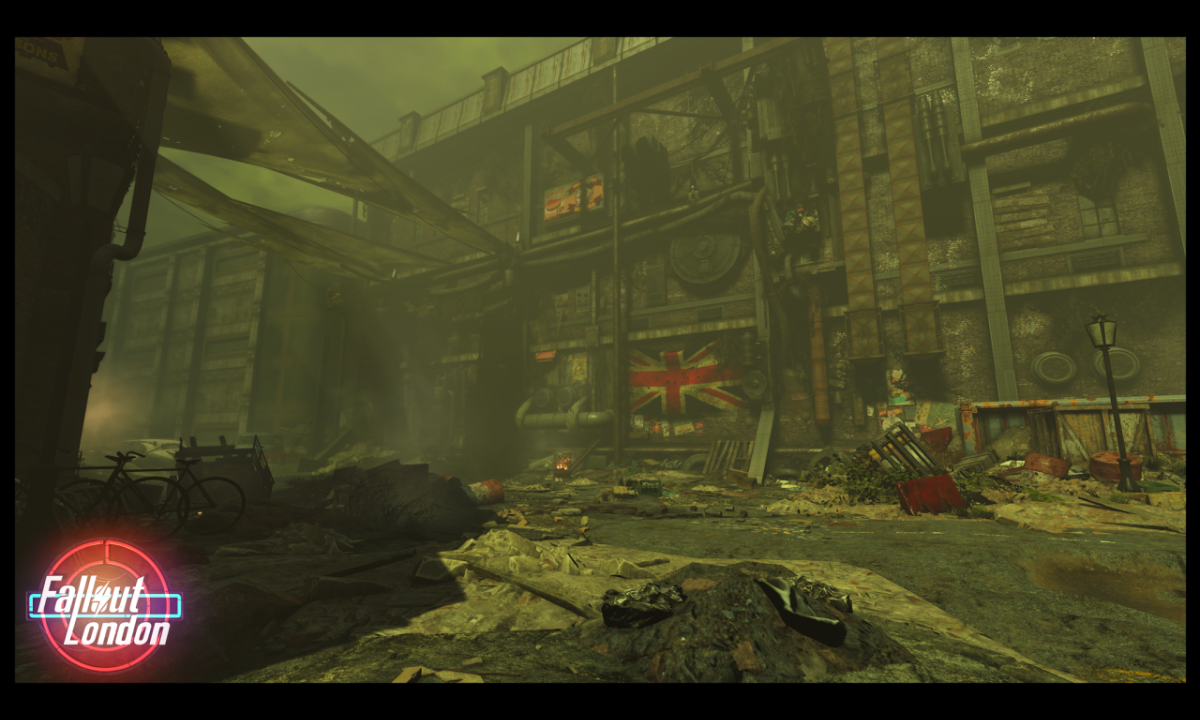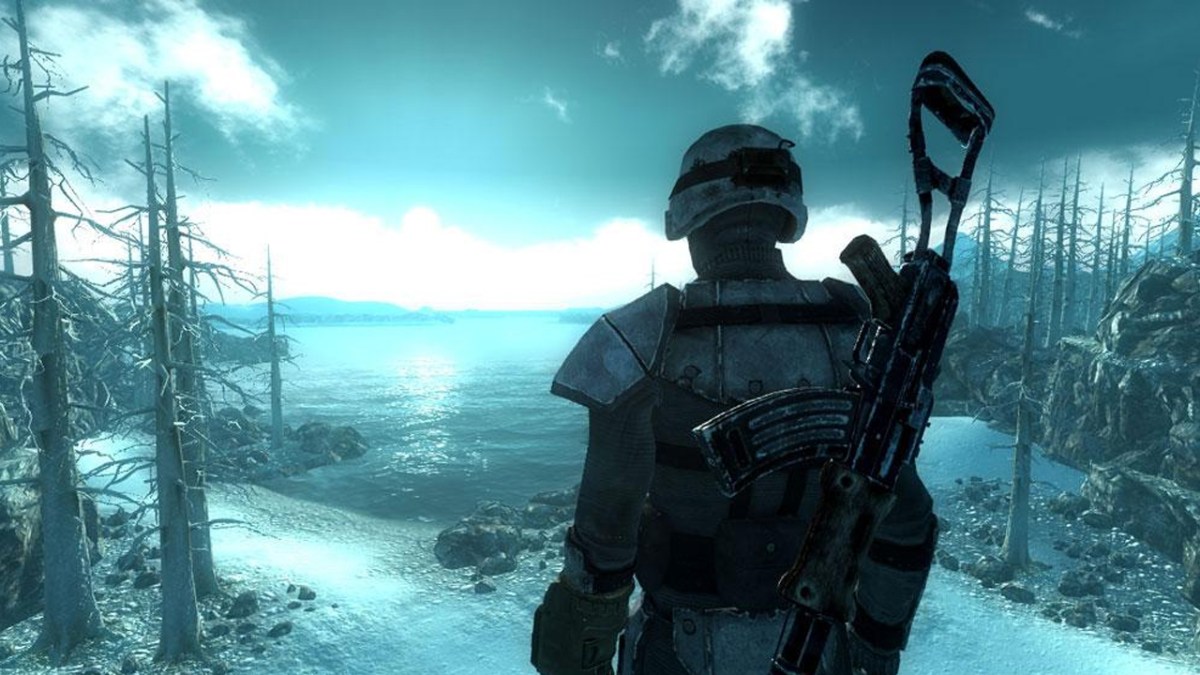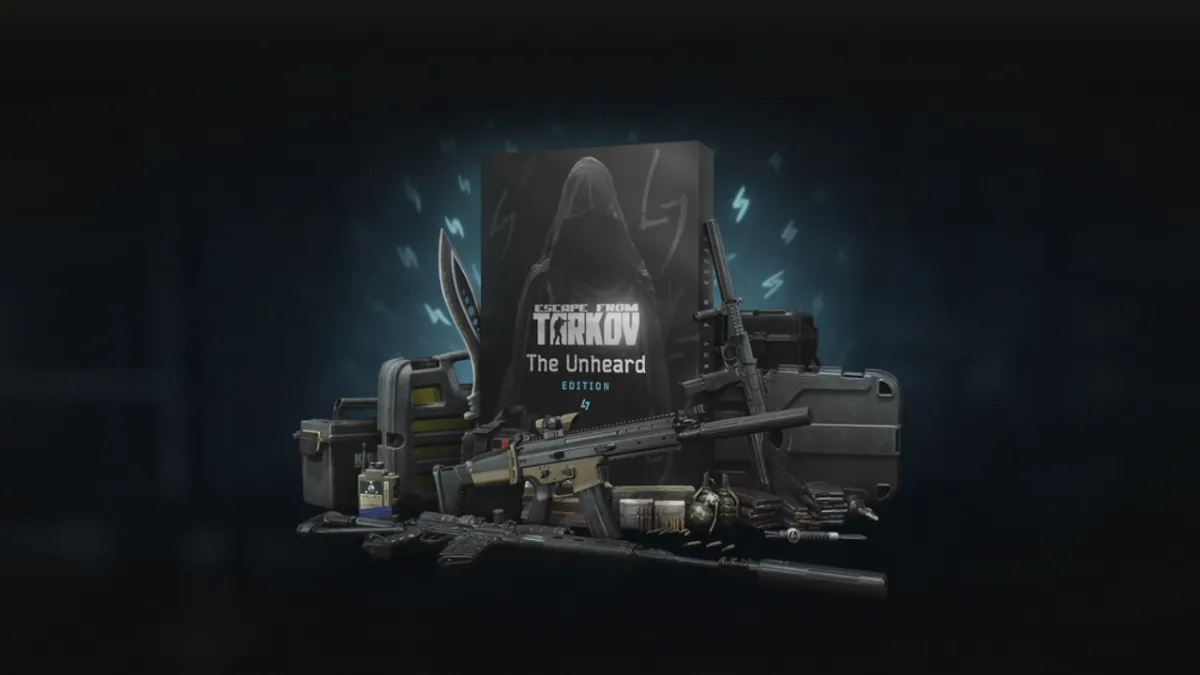Blizzard is just wrapping up its first stress test beta weekend for Overwatch and with a glut of new players coming into the game, it’s time to take a look at how this forthcoming shooter is doing so far.
For those of you who don’t know, Overwatch is a class-based, first-person arena shooter in which teams of six battle over certain objectives. The objectives, as of now, consist of either capturing multiple points or escorting a slowly moving payload towards a target point. Essentially one team is always attacking and the other defending. There are twenty-one heroes, divided into four types: offensive heroes, defensive heroes, tanks, and supports. Each hero has a number of unique abilities and brings something special to the tactical make-up of the team. Offensive heroes are typically high-damage attackers with strong mobility, while defensive heroes include snipers and turret-builders. Tanks protect the team by using their abilities to absorb damage and preventing offensive heroes from getting close. Supports generally help other members of the team by healing, providing buffs to movement, damage or in one case, creating an extremely useful teleporter.
Overwatch is Fun
Let’s start with what you probably most want to know: Overwatch is fun! It’s a game that can easily hold your attention for long gaming-sessions and will undoubtedly have you saying “just one more game” until the wee hours of the morning. Each of the twenty-one heroes (Blizzard has no current plans for more) are interesting and distinct and all of them are fun to play in their own right. While everyone will undoubtedly find a hero that best fits their play-style, proficiency in multiple heroes (or all of them) is a must to be considered successful in Overwatch. You can change your hero any time you die or when you’re inside your own spawning area. Doing so is an absolute necessity. The game plays out dynamically, with teams altering their composition on the fly to respond to the situation or the enemy team. Is the turret-like Bastion making mince-meat out of your team as they attempt to take a point? Switch to Tracer and blink in behind him for a quick kill before rewinding yourself out of danger. Need to hold a choke? Use Mei, who can summon a wall of ice to stop an advance. It all makes for a fast-paced and exciting game, which ensures that no two matches ever play out the same way.
Overwatch has Solid Shooting Fundamentals.
All of this would be meaningless if the core shooting elements of the game felt wrong. But this is something that Overwatch just about nails, especially in a game where not all weapons work the same way. A few heroes feature hit-scan weapons, meaning the game simply checks whether your gun was aimed at an enemy when you pulled the trigger to see whether you hit (think most weapons in Call of Duty), rather than actually generating a projectile and checking its collision. But many weapons also work another way: with everything from Pharah’s rockets, to Genji’s shurikens, to even Lucio’s sound blasts moving across the map at varying rates of speed. Fortunately, all of these feel responsive and the hit detection is accurate. There are no iron-sights here (Widowmaker’s sniper rifle notwithstanding), so the shooting is all from the hip. Weapon accuracy and damage at range depends on the effective range of the weapon and this feel right too. For example, the fall-off in damage from, say, Reaper’s shotguns past a certain point is intuitive. Some heroes just need to get up close and personal to dish it out.
Movement is a big part of any arena shooter and Blizzard has nailed this. Movement is tightly responsive without much or any turning time so you can’t blame it on anyone but yourself if you walk into Symmetra’s slowly-moving energy ball. Heroes move at different speeds to reflect their roles and many have movement abilities that allow for more tactical play or to make use of verticality. Tracer can blink forward three times in rapid succession, Reaper can teleport, Genji and Hanzo can climb walls, Widowmaker can grappling-hook up to ledges, Pharah can fly for a short time and D.Va can engage her rocket packs to jet just about anywhere. The movement abilities really open up the game, allowing far more variety than if the heroes were glued to the ground.
With respect to mechanics, the only problem I’ve noticed is that you rarely feel the impact of getting hit. Indeed, sometimes your health just seems to tick down without much in the way of visual or auditory cues. Determining the direction from which the damage came also seems to be less obvious than in many other shooters.
The Heroes Are Vivid and Unique
The closest existing parallel may be Team Fortress 2 but Overwatch takes that formula and mixes in elements from other genres, like MOBAs, to create a large cast of heroes that all feel powerful and feature unique abilities. Reaper may have a couple of boring-old shotguns but he also has the ability to teleport long distances and enter an invulnerable wraith form. D.Va starts the fight inside a mech-suit but ejects should it be destroyed, letting her fight on with her light-gun until she can suit-up again. Lucio pumps out music that either boosts his team’s speed or heals everyone around him, all while blasting away with his own sonic gun.
That’s not to say that you will necessarily have fun playing all of the heroes but the heroes are well enough designed that you potentially can. For me, Mercy, a support similar to Team Fortress 2‘s medic, is a lot less interesting to play than the other support heroes. And Soldier 76, an offensive hero and the one used in the tutorial, is just a little too much Call of Duty for my tastes. But it’s a testament to the design of Overwatch that these are merely preferences. There’s nothing wrong with those heroes; there’s nothing I can call bad design, and they’re just as complex and varied as any others. And their visual design, voice-work and animations are top-notch.
Maps and Modes Are Limited
Maps look great, but they also tend to be fairly linear with lots of small choke points. In many cases, it’s fairly hard to set up a flank even with flanking characters and there often aren’t interesting angles of attack. Part of the problem is that currently, the only modes are capture the point or escort the payload. Some maps have a hybrid of the two, but I feel this may get stale unless some more options are opened up. They also tend towards more linear map design. There’s a small pool of maps, (8) currently, and each has only one “mode” so they can get a bit tired. Hopefully things open up a bit toward launch.
There also isn’t a ranked option or really anything other than just jumping into a random game right now but I imagine that this will also change closer to launch.
There are Balance Issues to be Resolved
Obviously, this is another area the beta should address. Some heroes have already had their power levels adjusted based on player feedback and this will be an ongoing process. I’m probably not good enough at the game to make definitive comments on any heroes but there are heroes that feel too powerful in certain places. For example, the target area for the payload in King’s Landing is a little too easy to defend. Almost every game I’ve played there has seen the attacking team fail to make just the last few yards. Bastion, the hero that can turn himself into a powerful turret with an energy shield in front of him, has a full view and can kill just about anyone near the payload. With his back to his own team’s spawning area, it’s very hard to flank him to get at his vulnerable rear. Since teams can have more than one of any hero, a couple of bastions and a few tanks can fairly easily hold off waves of attackers. This is probably a map issue, but things like this will have to be worked out as the game progresses. There’s also currently a bit of a debate among players as to whether or not a team should be able to field multiples of a hero.
Nonetheless, with the ability to switch heroes on the fly and double up, players are likely to find combinations that synergize a little too well. All of this is going to take some time to suss out.
Overall, Overwatch is Shaping Up Great
Overwatch has all of the fundamentals of a great game. It looks good, it plays well, and the heroes are varied and interesting. It’s already a very polished experience, as Blizzard betas typically are. The one concern I have is with the lack of modes and maps but this is something that’s very easy to expand upon. Hopefully, Blizzard will do so before Overwatch‘s launch in spring of 2016. Otherwise, I’ve had a blast playing the beta and I look forward to playing more. I hope to keep you updated as the game develops.









